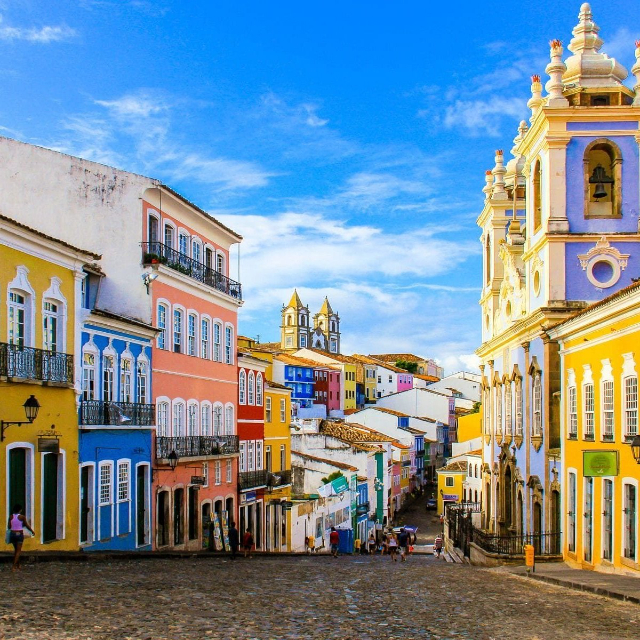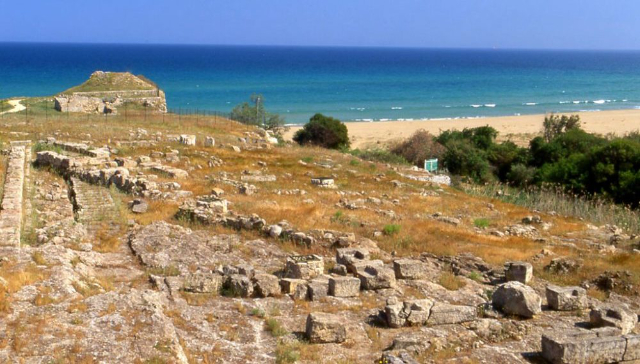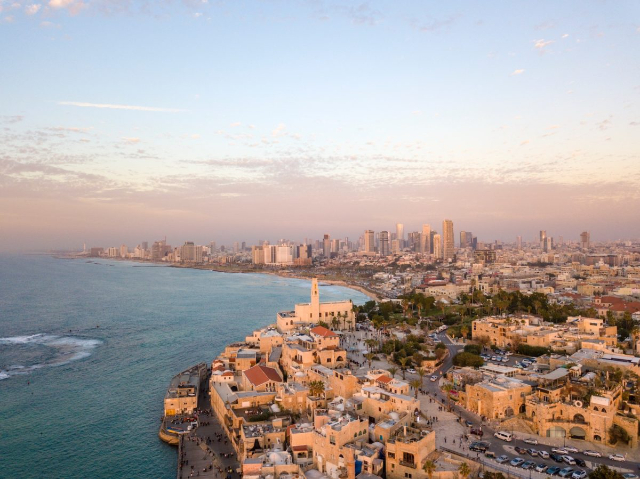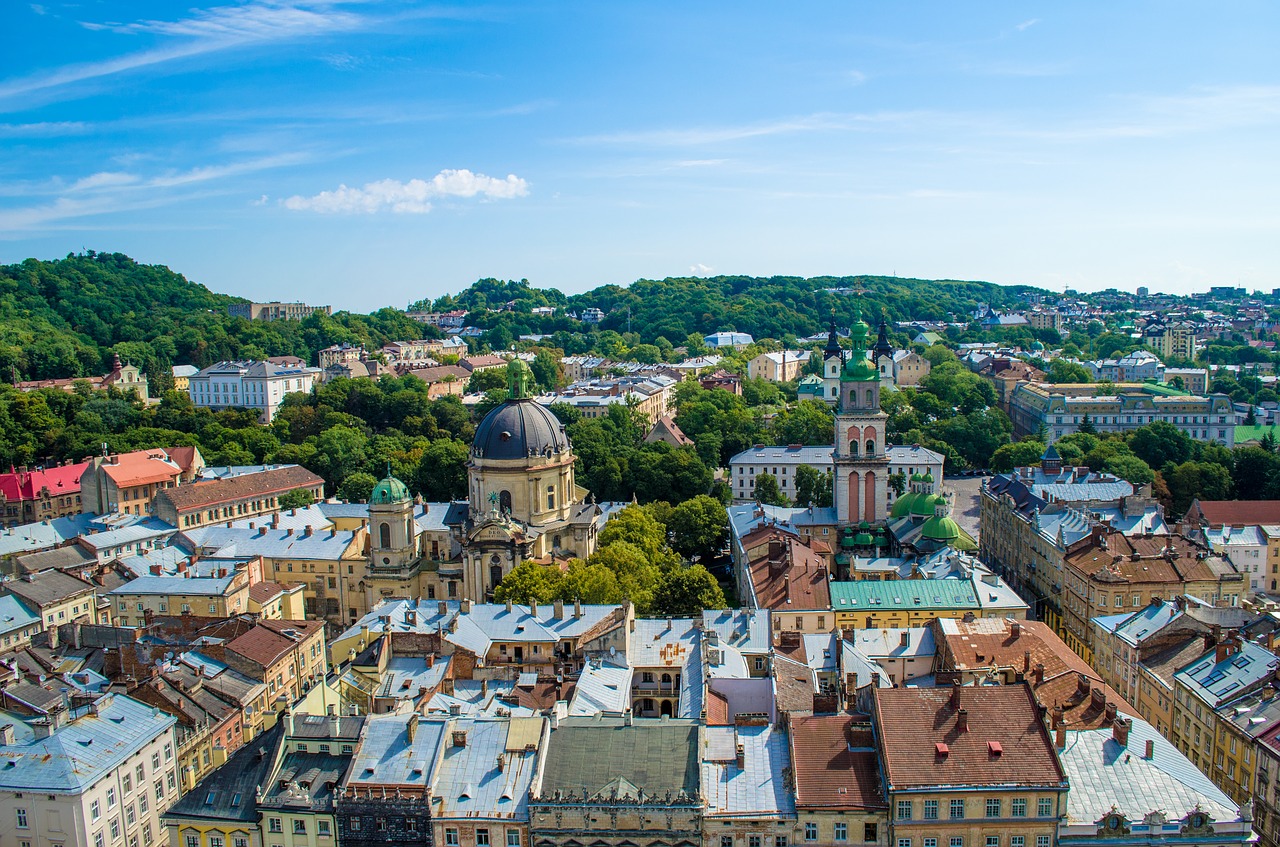The historic center of Salvador, also known as Pelourinho, is a historic neighborhood located in the upper part of the city of Salvador, Brazil. This colonial neighborhood was built during the 17th and 18th centuries and was declared a UNESCO World Heritage Site in 1985 for its architectural beauty and historical importance.Pelourinho was the center of Salvador’s political and social life during the colonial period. The name "Pelourinho" literally means "little pole," which was used to bind and punish slaves during the slave trade period. Today, the neighborhood is an important cultural center, with a wide variety of museums, churches, cafes, restaurants, and art and craft stores.Pelourinho’s architecture has been influenced by Portuguese, African and indigenous colonization. The colorful houses and historic churches in the neighborhood were built in a Portuguese Baroque architectural style, with African and indigenous influences in the decorations and details. A distinctive feature of Pelourinho’s architecture is its carved wooden doors and windows, decorated with floral and animal motifs.The neighborhood is also known for its art and culture. Pelourinho is home to some of the best contemporary art museums in Brazil, such as the Museo de Arte Moderna da Bahia and the Museu de Arte da Bahia. The neighborhood is also famous for its music scene, with a wide variety of musical styles such as samba, reggae, capoeira, and Afro-Brazilian music.Some of the most important churches in Pelourinho include the Church and Convent of St. Francis (Igreja e Convento de São Francisco), the Church of Our Lady of the Rosary dos Pretos (Igreja de Nossa Senhora do Rosário dos Pretos), and the Church of Our Lady of the Conception da Praia (Igreja da Conceição da Praia). These churches are famous for their gold decorations and valuable works of art, including paintings, sculptures, and ceramic tiles.In summary, Salvador’s historic center is one of Brazil’s top tourist attractions with its architectural beauty, history, and culture. Pelourinho is a colonial neighborhood filled with churches, museums, cafes, restaurants, and art and craft stores, and is a great opportunity to discover the beauty and culture of Brazil.













